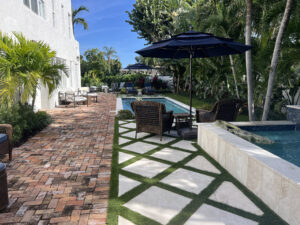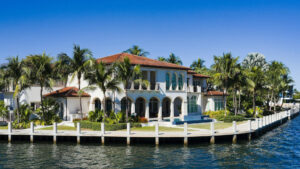Swimming isn’t just for fun; it’s a full-body workout that tones muscles, boosts cardiovascular health, and helps maintain a healthy heart and lungs.
After a long day, diving into your pool is the perfect way to unwind and keep fit. But for the best experience, keeping your pool pristine is crucial.
Clean pools have aesthetic appeal and ensure swimmers stay safe. For this:
1. Proper circulation of water.
2. Regular cleaning and maintenance.
3. Regular water filtration so that the debris and dirt are removed in time.
4. Pool resurfacing in Jupiter if the tiles are worn out and chipped.
5. Keeping the chemicals in the water balanced with regular chlorination and non-chlorine pool shock is the only way to eliminate contaminants and microbial growth in the swimming pool water.
Why Do You Need Pool Shocking?
Murky water not only detracts from the aesthetic appeal of your pool but also poses health risks due to the accumulation of organic debris.
To combat this, non-chlorine shock treatments are effective for clearing out combined chlorine and ensuring the water is safe for swimming. However, in cases where the water is heavily infested with bacteria or algae blooms, chlorinated shock treatments are necessary.
Regular pool maintenance, including chlorine and non-chlorine shocking, is crucial.
Additionally, addressing structural and surface issues through resurfacing and remodeling in Jupiter helps maintain the hygienic and pristine condition of your pool.
When To Use Chlorine?
Chlorine shocks are essential for tackling tough problems like algae and microbial contamination in your pool.
They are particularly effective when introducing new water to your pool, ensuring it starts clean and free of unwanted organisms.
For general maintenance and the removal of organic substances and murky water, non-chlorine shocks are typically sufficient. These treatments clean the pool by breaking down organic matter without harsh chemicals.
However, when dealing with more severe contamination—such as bacteria, algae blooms, or high swimmer loads—a chlorine shock is necessary.
This type of shock treatment sanitizes the water intensely, ensuring that all harmful microbes are eradicated and the pool remains safe for everyone to enjoy.
How Long Before You Can Safely Enter The Pool?
The waiting period for swimmers to enter the water differs whether it is a chlorine or non-chlorine pool shock. A chlorine shock requires waiting about 8 hours to one day before entering the water.
After a non-chlorine shock treatment, you only need to wait about 15 minutes. However, some pool services recommend waiting a day.
Chlorine shock is essential because it deals with the organic and inorganic load in one go, but it can irritate the eyes and lungs. It is the most commonly used pool sanitizer because it keeps the water safe.
Every pool owner has to oxidize or shock the pool at some point to keep the water clear. Keep the swimmers safe and obey the wait times!
What Is Non-Chlorine Shocking?
Non-chlorine shock is a pool treatment that oxidizes organic contaminants without using traditional chlorine-based sanitizers.
This method utilizes oxygen-based compounds to break down and eliminate organic waste, making the pool water cleaner and clearer.
Unlike chlorine shock, non-chlorine shock does not significantly alter the pool’s chlorine levels, which allows swimmers to return to the water in about 15 minutes.
This type of shock is especially beneficial for those sensitive to chlorine’s odor and side effects, as it effectively cleans the water using alternative, often odorless chemicals.
The process involves oxidizing the contaminants, similar to chlorine shocks, but without introducing additional chlorine into the water. This makes non-chlorine shock ideal for regular maintenance to ensure a safe and healthy swimming environment.
Non-Chlorine Shock With Active Oxygen:
This type of pool shock utilizes active oxygen to clean the water, effectively breaking down wind-blown sediments, debris, sweat, and urine without relying heavily on chlorine.
Active oxygen offers a powerful cleansing action similar to chlorine but is gentler on swimmers and pool surfaces.
As it targets contaminants directly, the need for traditional sanitizers is reduced, allowing for lesser quantities of chemicals to maintain a clean and algae-free pool environment.
This makes non-chlorine shock with active oxygen an excellent choice for maintaining water purity while minimizing chemical use.
If you want to improve the sanitizer’s efficiency and retain water’s clarity, add non-chlorine oxidative agents. This process eliminates the chloramines left over from the chlorine pool shock. Non-chlorine shock is ineffective on bacteria, so chlorine sanitizers are needed for proper water safety.
Oxidative products work best for indoor pools so that ventilation is not affected.
Evaluate Water For Micro-Organisms:
Before swimming, check the waters for the growth of microbes and substances visible to the naked eye because they can be hazardous for bathers. You can’t enter the water if it’s dirty, fuzzy, or full of debris.
Pool shocking helps attain recommended hygiene levels and ensures water is safe for swimming.
If the water’s color differs and is fuzzy, muddy, or unclear, it indicates questionable sanitation levels.
Contact Finn’s Pool Services to get the water checked for any service related to the swimming pools including pool remodeling in Jupiter.
The professionals will evaluate the pool water with a testing kit to check the chemicals and contamination, so that the sanitizer levels can be balanced.
Pool shock ensures sanitary water. You may have to stay out of the pool for a while, but isn’t waiting it out better than getting infected with dirty water?



